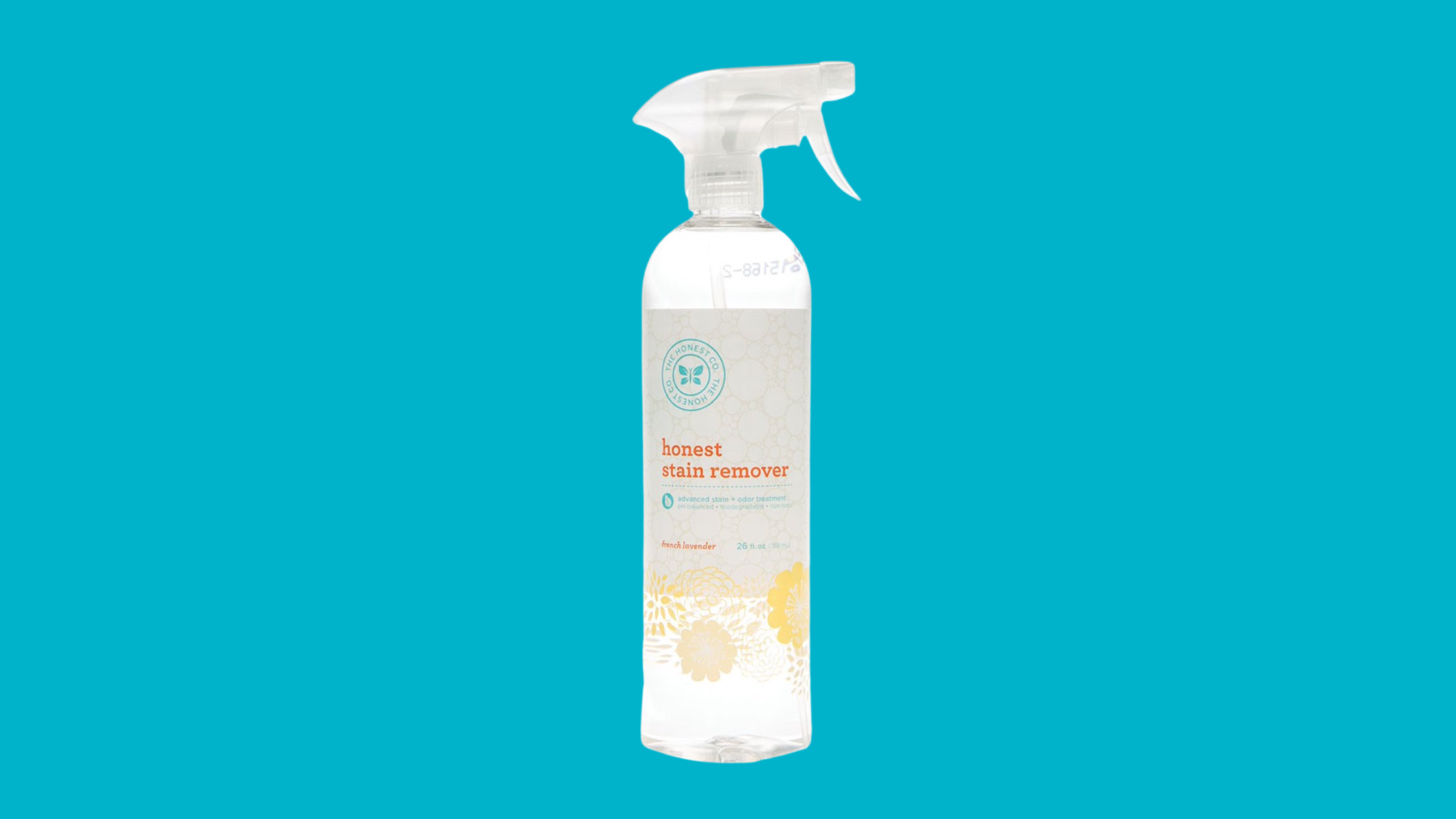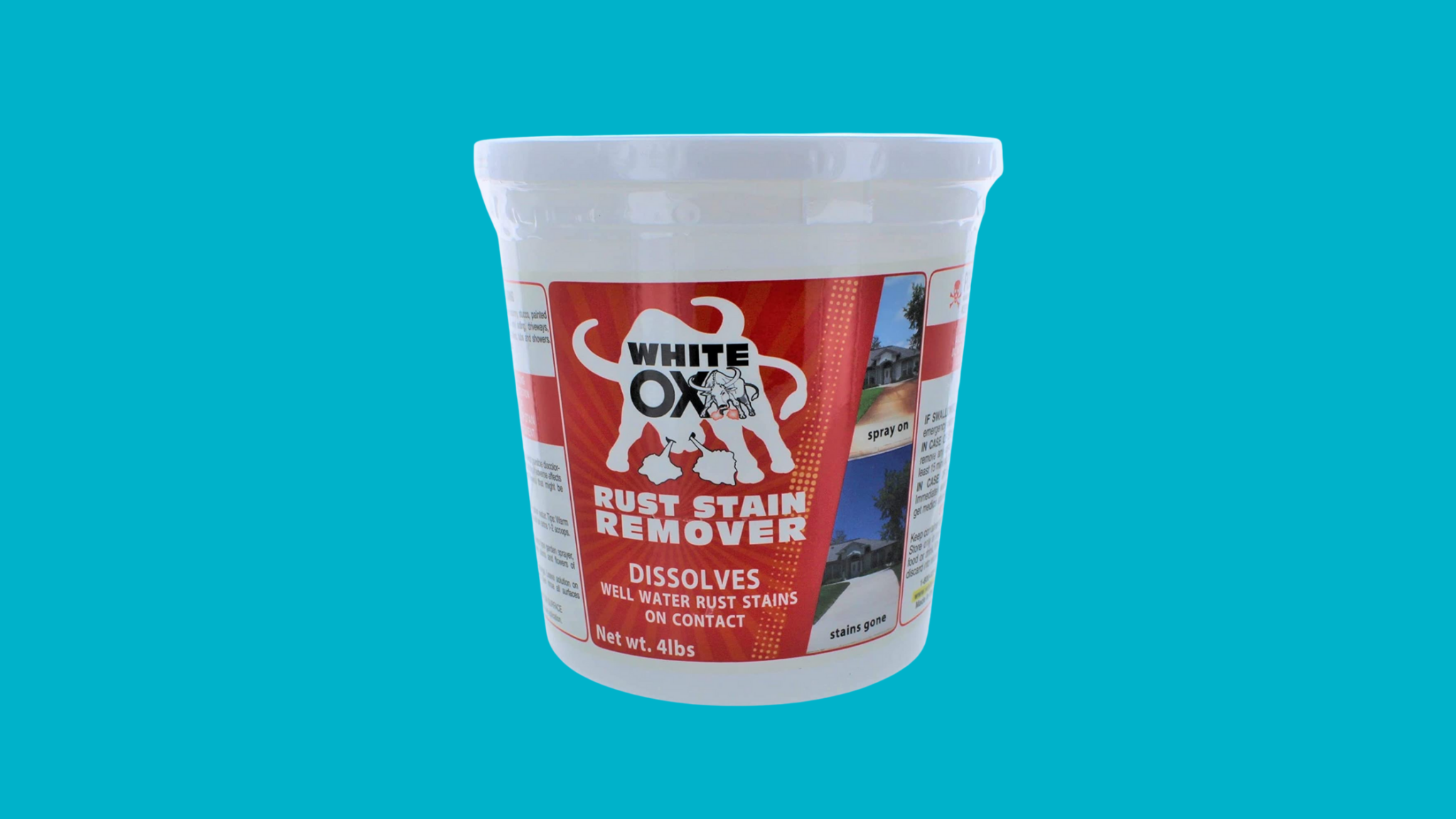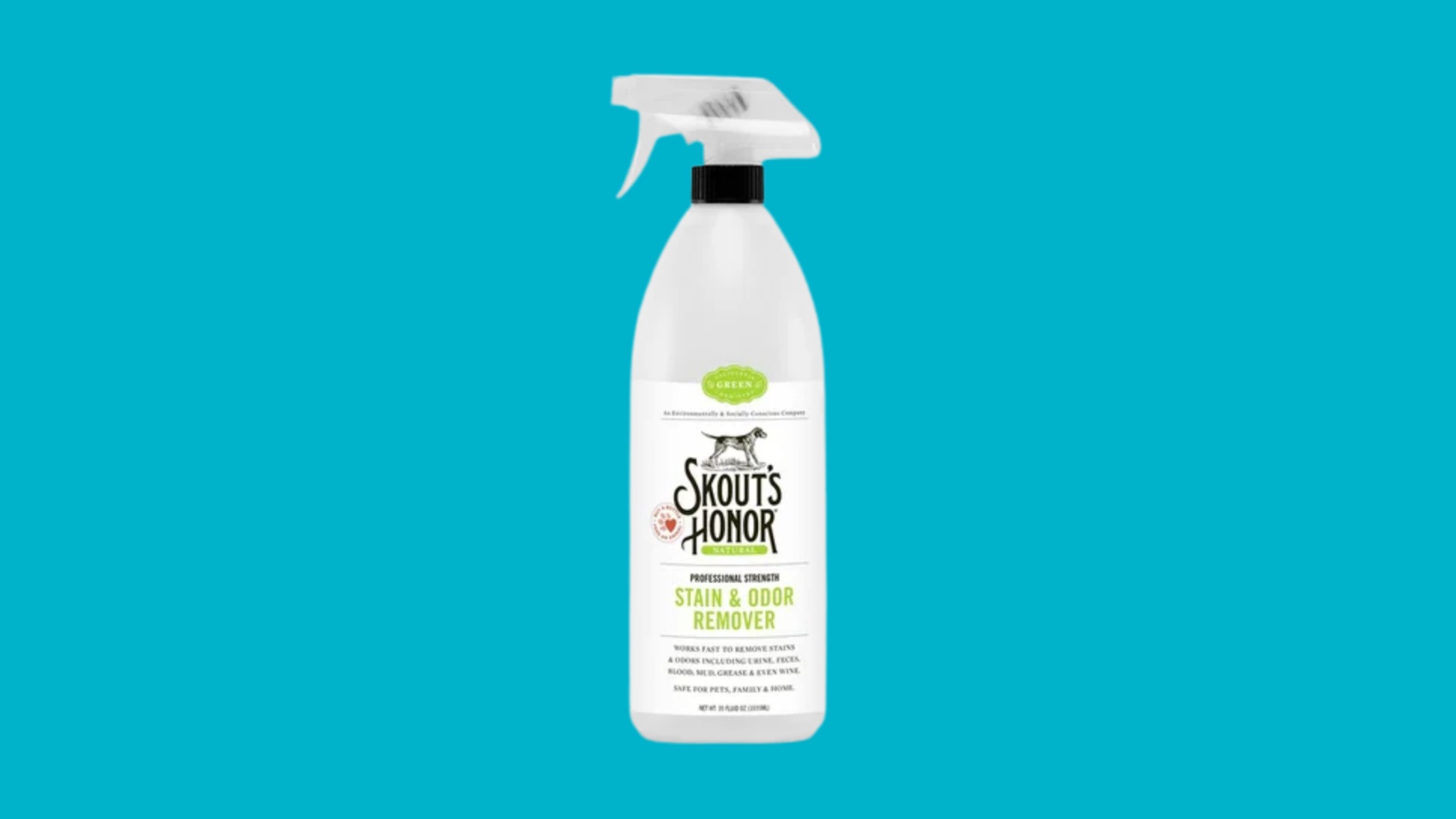Getting a spill on your favorite polyester item can feel like a real bummer, can't it? That smooth, resilient fabric, so often chosen for its durability and wrinkle-resistant qualities, sometimes seems to hold onto marks with an almost surprising grip. Whether it's a splash from your morning coffee, a greasy smudge from dinner, or a bit of mud from an unexpected puddle, finding a way to get those unwanted spots out without harming the fabric is, in a way, a little challenge many of us face.
Polyester, you see, is a synthetic material, and its fibers are quite different from natural ones like cotton or wool. This means that what works wonders on one type of cloth might, in fact, not be the right fit for another. You really want to pick a cleaning approach that understands how polyester behaves, allowing you to lift the mark away gently and effectively. It's about preserving the look and feel of your cherished items, so they can keep serving you well for a good long while.
So, if you've been wondering how to tackle those pesky spots and bring your polyester things back to their original neatness, you're in the right spot. We'll talk about what makes a cleaning solution truly effective for this kind of material. We'll explore methods that are often considered the most suitable for making your polyester items look their very best, helping you deal with spills with a bit more confidence.
- Connie Kaminski
- Who Is Rj Davis Girlfriend
- John Travolta Rumors
- Rj Davis Caleb Love
- Tobias Dorzon Football Stats
Table of Contents
- Why Polyester Can Be Tricky to Clean?
- Preparing Your Polyester Item for Stain Removal
- Common Stain Types and What to Use as a Best Stain Remover for Polyester
- Greasy Spots- The Best Stain Remover for Polyester
- Liquid Spills - The Best Stain Remover for Polyester
- Ink Marks - The Best Stain Remover for Polyester
- Are There General Household Items That Work as a Best Stain Remover for Polyester?
- What Steps Should You Take When Using a Best Stain Remover for Polyester?
Why Polyester Can Be Tricky to Clean?
Polyester, as a fabric, has some rather interesting qualities that make it quite different from, say, a cotton shirt. It's made from synthetic fibers, which are essentially plastic. This construction means it's pretty good at resisting water, which is why you often see it in sportswear or outdoor gear. However, this water resistance can also mean that water-based stains, like juice or coffee, might not soak in deeply, but rather sit on the surface, making them somewhat easier to blot away if you act quickly. Yet, oil-based stains, like cooking oil or grease, are a whole different story. These types of stains tend to cling to the polyester fibers in a way that can be quite persistent.
The fibers themselves are very tightly woven, which gives polyester its smooth feel and helps it resist wrinkles. But this tight weave can also trap certain kinds of particles, making them a bit more stubborn to dislodge. Also, because it's a synthetic material, you have to be careful about what cleaning agents you use. Harsh chemicals or very hot water can sometimes damage the fibers, causing them to melt, shrink, or lose their shape. So, picking the right method and the right product is, you know, pretty important for keeping your polyester items looking good. You really want to treat them with a bit of care to make sure they last.
Preparing Your Polyester Item for Stain Removal
Before you even think about putting any kind of cleaner on your polyester item, there are a few simple steps you should really take. This preparation can make a big difference in how well the stain comes out and helps protect the fabric. First off, always try to deal with the stain as soon as you notice it. The fresher the mark, the easier it generally is to get rid of. Old, set-in stains are, in some respects, a bit more of a challenge because they've had time to really bond with the fabric fibers.
- Charlie Sheen Alive
- Lou Diamond Phillips
- Marcia Harvey
- Ryans World Mom Jail
- Nordstrom Rack Return Policy
Next, you'll want to gently remove any excess material from the stain. If it's something solid, like food, use a spoon or a dull knife to scrape it off without spreading it further. If it's a liquid, gently blot it with a clean, white cloth or paper towel. The idea here is to lift as much of the offending substance as possible without rubbing it deeper into the fabric. Rubbing can actually push the stain further into the fibers, making it harder to remove later. You're just trying to absorb what you can, like, right then and there.
Also, it's always a good idea to check the care label on your polyester item. This label gives you important instructions from the manufacturer about washing and drying temperatures, and whether certain cleaning methods are safe. Some polyester items might have special coatings or blends that require specific care. Ignoring these instructions could, you know, potentially lead to damage. Finally, before applying any stain remover to the visible mark, test it on a small, hidden area of the fabric, like an inside seam. This step is pretty crucial to make sure the product won't cause discoloration or damage to your specific item. You really want to be sure it's safe before going all in.
Common Stain Types and What to Use as a Best Stain Remover for Polyester
Different kinds of marks need different kinds of attention, and that's especially true when you're looking for the most suitable way to clean polyester. What works for a greasy spot might not be the ideal choice for an ink mark, for instance. Understanding the nature of the mark helps you pick the most effective cleaning approach, which is, you know, pretty much what "best" means in this situation—the solution that gets the job done right. We'll go over some common culprits and talk about how to tackle them.
Greasy Spots- The Best Stain Remover for Polyester
Grease and oil marks are, arguably, some of the trickiest to deal with on polyester. These kinds of stains repel water, so simply washing with water won't usually do the trick. For these, you need something that can break down the oil.
Dish Soap Method: A good quality liquid dish soap, like the kind you use for washing dishes by hand, can be a surprisingly effective choice. It's formulated to cut through grease.
How to Use: First, blot away any excess grease. Then, put a very small drop of dish soap directly onto the greasy spot. Gently rub it in with your finger or a soft brush, working it into the fabric. You should see the soap start to loosen the oil. Let it sit for about five to ten minutes. After that, rinse the area with cool water. If the stain is still there, you might need to repeat the process. This method is often considered a very suitable approach for initial grease removal.
Cornstarch or Talcum Powder: For fresh grease marks, an absorbent powder can work wonders by soaking up the oil before it sets in.
How to Use: Sprinkle a generous amount of cornstarch or talcum powder directly onto the fresh grease mark. Let it sit for at least 30 minutes, or even a few hours, to give it time to absorb the oil. The powder should look clumpy or discolored as it soaks up the grease. Then, brush off the powder. You can then follow up with the dish soap method if any residue remains. This is, like, a really good first step for new grease spills.
Liquid Spills - The Best Stain Remover for Polyester
For things like coffee, tea, juice, or even blood, which are mostly water-based, the approach is a bit different. These stains are usually easier to manage if you act quickly.
Cold Water Rinse: For fresh liquid spills, plain cold water is often the first and most effective tool.
How to Use: Immediately blot the spill with a clean cloth to absorb as much liquid as possible. Then, run cold water through the back of the stain. This helps to push the stain out of the fabric fibers rather than pushing it further in. Keep rinsing until the mark fades. This simple action is, you know, often the best choice for fresh liquid accidents.
White Vinegar Solution: For more stubborn water-based stains, a mild acid like white vinegar can help.
How to Use: Mix equal parts white vinegar and water. Dampen a clean cloth with this solution and gently blot the stain. Do not rub. Continue blotting until the stain lifts. Rinse the area with clean, cool water afterward to remove any vinegar smell. This is, apparently, a very good option for many common spills.
Ink Marks - The Best Stain Remover for Polyester
Ink can be particularly frustrating on polyester, as it can spread easily. You need something that can dissolve the ink without damaging the fabric.
Rubbing Alcohol (Isopropyl Alcohol): This is often a go-to for ink stains, as it helps to break down the ink.
How to Use: Place a clean paper towel or cloth under the ink mark. Dampen another clean cloth or cotton ball with rubbing alcohol. Gently dab the ink stain, working from the outside edge towards the center to prevent spreading. As the ink transfers to the cloth underneath, move it to a clean spot. Keep dabbing until the ink is gone. Rinse the area with cool water. This method is, like, pretty effective for many ink types.
Hair Spray: Some hair sprays contain alcohol and can be used in a pinch for ink.
How to Use: Spray a small amount of hair spray directly onto the ink mark. Let it sit for a moment, then blot with a clean cloth. The alcohol in the spray helps to dissolve the ink. Follow up by rinsing with cool water. This is, you know, a bit of an old trick that sometimes works well.
Are There General Household Items That Work as a Best Stain Remover for Polyester?
Absolutely, there are quite a few things you probably already have in your home that can be very helpful when it comes to getting marks out of polyester. These common household items are often effective and a good starting point before you reach for specialized cleaning products. The idea is to use what's readily available and often gentler on your fabrics. For example, plain old club soda can be surprisingly useful for fresh spills. The fizzing action can help lift the stain from the fibers. You just pour a little on the mark and blot it away. This is, arguably, one of the simplest first steps.
Another item that tends to be quite versatile is hydrogen peroxide. For lighter-colored polyester, a diluted solution of hydrogen peroxide can help with various stains, including blood or some food dyes. You'd want to mix one part hydrogen peroxide with ten parts water, apply it to the stain with a clean cloth, and then rinse thoroughly. Always test this one in a hidden spot first, especially on colored fabrics, as it can have a lightening effect. It's, you know, a pretty powerful option for certain types of marks.
Baking soda, too, is a fantastic absorbent and mild abrasive. For greasy or oily marks, sprinkling baking soda on the spot and letting it sit can draw out the oil. You can also make a paste with baking soda and a little water for tougher spots; apply it, let it dry, and then brush it off. This is, in fact, a really good natural option for soaking up oils. Lemon juice, with its mild bleaching properties, can also be used on white polyester for some stains, but again, it should be used with caution and always rinsed well, as it can cause yellowing if left in the sun. So, you see, you don't always need a fancy product to find a suitable cleaning solution.
What Steps Should You Take When Using a Best Stain Remover for Polyester?
Once you've picked out what you believe will be the most suitable stain remover for your polyester item, following a few careful steps can make all the difference in how well the mark comes out and how safe your fabric stays. It's not just about what you use, but how you use it. First and foremost, as we talked about earlier, always, always test your chosen cleaning solution on an inconspicuous spot of the fabric. This is, like, a really important step. You're checking for color changes, damage, or any other unwanted reactions before you put it on the main part of your item. A small bit of fabric on an inside seam or hem is usually a good spot.
When you're ready to tackle the actual mark, apply the cleaning agent sparingly to a clean cloth or a cotton ball, rather than directly onto the stain. The idea is to avoid saturating the fabric too much, which can spread the stain or leave a water mark. Then, gently blot the stain. You want to work from the outside edges of the mark towards the center. This technique helps to prevent the stain from spreading outwards and making the problem bigger. Think of it as drawing the stain inward, rather than pushing it around. This is, you know, a pretty key part of the process.
As you blot, you'll notice the stain transferring from your polyester item to your cleaning cloth. As this happens, continuously move to a clean section of your cloth. Using a dirty part of the cloth will just put the stain back onto your fabric, which is, obviously, not what you want. Patience is pretty much your best friend here. It might take several applications and a bit of time for the stain to fully lift. Don't rub vigorously, as this can damage the polyester fibers or set the stain deeper. Gentle dabbing is the way to go.
After the stain is gone, or as much as you can get it to go, it's very important to rinse the treated area thoroughly with cool, clean water. You want to remove all traces of the cleaning solution. Leftover residue can attract dirt, leave a ring, or even damage the fabric over time. You can do this by dabbing with a clean, damp cloth, or by holding the area under a gentle stream of water if the item allows. Finally, let the polyester item air dry. Avoid putting it in a dryer until you're absolutely sure the stain is completely gone. Heat can permanently set any remaining stain, making it virtually impossible to remove later. So, you know, air drying is the safest bet.
Related Resources:



Detail Author:
- Name : Jeanette Macejkovic
- Username : rohan.haylee
- Email : cassin.elouise@yahoo.com
- Birthdate : 1972-01-21
- Address : 87718 Isabella Neck Apt. 953 Cummingsshire, LA 66197
- Phone : +15677671766
- Company : Williamson-Bernier
- Job : Machine Tool Operator
- Bio : Totam repudiandae ipsum repellat enim accusantium laborum sit. Et vel ipsum sapiente eum dolorem. Iste et blanditiis asperiores vel qui eaque cum.
Socials
linkedin:
- url : https://linkedin.com/in/wolffl
- username : wolffl
- bio : Ad ab quidem mollitia aut eius quibusdam.
- followers : 2975
- following : 1682
tiktok:
- url : https://tiktok.com/@lwolff
- username : lwolff
- bio : Totam consequuntur minus qui est facilis debitis.
- followers : 3417
- following : 2167